Explore how drone technology is revolutionizing farming, drastically reducing chemical usage in crops. Learn about drones’ role in sustainable agriculture.
Welcome to Drone Farm
We offer a comprehensive range of agricultural drone services. With years of experience, we’ve harnessed our expertise to deliver high-quality services to our clients. Our team provides full support at every stage. Choose us for top-tier Drone Farming experiences!

Contents
- 1. How does drone technology reduce chemical use?
- 2. Drone technology ensuring sustainable farming practices
- 3. Drones role in minimizing chemical dependency
- 4. How is drone farming impacting environment?
- 5. Reducing chemical exposure through drone farming
- 6. Drones mitigating the environmental impact of farming
- 7. Improved sustainability with chemical reduction drones
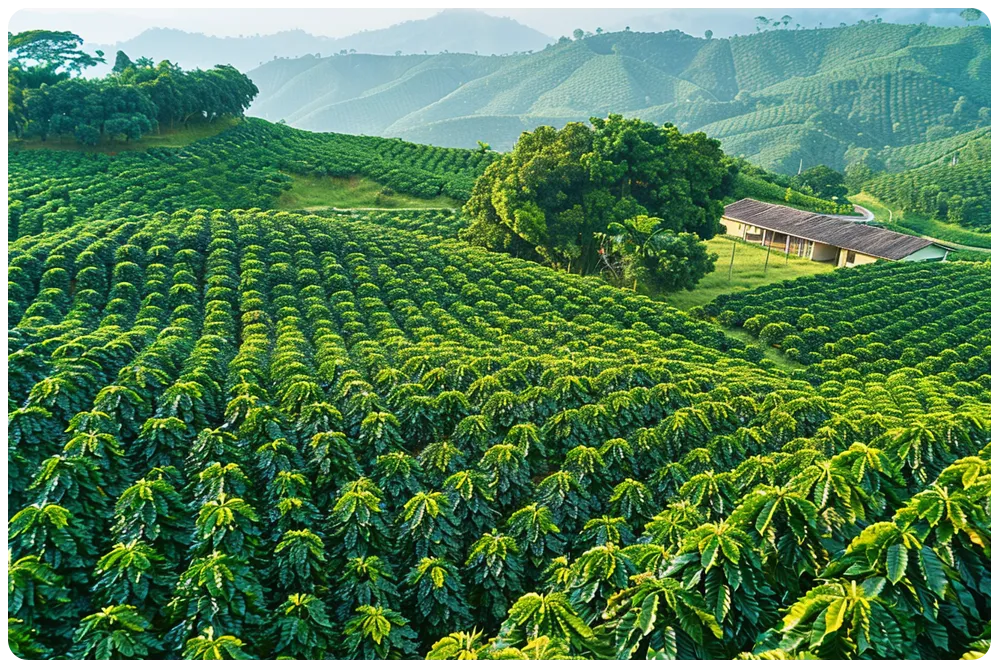
1. How does drone technology reduce chemical use?
Welcome to our page, a complete guide to the changing landscape of agriculture via drone technology. Our focus is primarily on the advantages of drones in reducing chemical usage, hence contributing to more sustainable farming.
Understanding The Link Between Drone Technology and Sustainable Farming
Drone technology in agriculture has revolutionized farming operations, optimizing productivity and sustainability simultaneously. One significant impact of drones in farming is the substantial reduction in chemical use. The effectiveness of drone technology in this aspect hinges on its precision.- Monitoring Crop Health: Utilizing multispectral imaging, a drone can identify unhealthy plants, giving farmers a clearer understanding of their field’s health. This selective identification eliminates the need for blanket chemical applications, essentially reducing unnecessary chemical usage.
- Precision Agriculture: Drones enable precision farming, where they can spray pesticides or fertilizers only on the affected areas. Unlike traditional methods that involve extensive spraying, drones ensure more targeted, hence smaller quantities of chemical use.
- Crop Stress Detection: A drone can detect crop stress earlier than the naked eye, allowing for quicker response and treatment. Early detection means less chemical usage, as the illness can be managed before it spreads or worsens.
2. Drone technology ensuring sustainable farming practices
Drone Technology: Ensuring Sustainable Farming Practices
Welcome to our portal devoted to the intersection of drone technology and sustainable agriculture. Modern farming has been revolutionized by the advent of drones, crafted to enhance productivity, reduce chemical use, and promote environmentally friendly practices. This technology has emerged as a potent tool in optimizing crop production and has dramatically altered farm management strategies.
Impact on Agricultural Efficiency
Drones are at the forefront of precision agriculture, ensuring that each plant receives the necessary care and attention without excessive resource usage. These devices can monitor large swathes of land using advanced sensors, providing farmers with invaluable real-time information about the wellbeing of their crops. Jetting the days of crop illness and wasted resources, this technology lays the foundation for a sustainable agricultural future.
Reducing Chemical Use with Drone Technology
- Enhanced Precision: Drones deliver localized treatment, curtailing the need for broad-spectrum application of chemicals. They identify plants in need, reducing pesticide usage and subsequent environmental impact.
- Necessity-Based Treatment: Equipped with advanced sensors, drones can detect crop disease early. This facilitates prompt intervention, preventing spread and reducing the amount of chemicals needed.
- Eco-Friendly Management: Drone technology promotes sustainable practices not only by minimizing chemical use but also by optimizing water utilization, ensuring smart, eco-friendly farm management.
In essence, the agricultural drone has redefined the landscape of farming and is set to continue making waves with additional functionalities and capabilities. The promise for sustainability in agriculture lies with drone technology, driving efficiency and reducing environmental impact, paving the way for sustainable farming practices globally. Turn to our platform for the latest updates, strategies, and insights in drone technology.
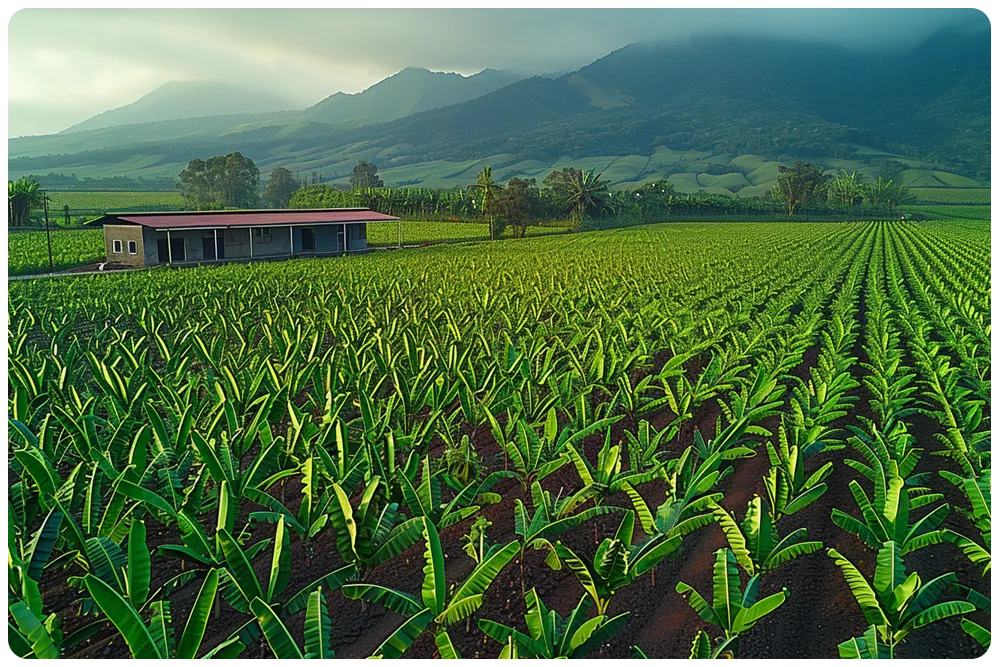
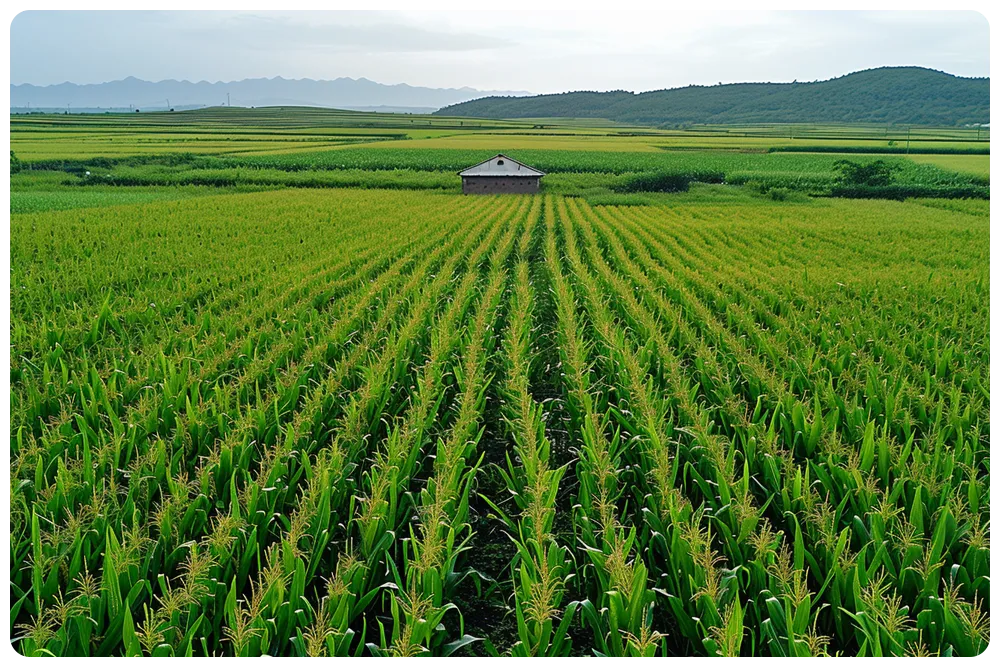
3. Drones role in minimizing chemical dependency
Drones role in minimizing chemical dependency
Welcome to our comprehensive portal on agricultural drone technology, a confluence of innovation and farming efficiency. With the world leaning towards sustainability, utilizing a drone in farming has grown beyond mere crop surveillance, becoming an essential tool in reducing our reliance on potentially harmful chemicals.When it comes to minimizing chemical dependency, drone technology offers two key benefits:
- Accurate chemical application
- Precision disease detection
Through prerequisite technologies like multispectral imaging, drones can also identify disease patterns in respective crop areas. This precision disease detection empowers farmers to apply chemical treatments only in areas where required, instead of large-scale application. This selective usage of chemicals not only combats crop illness more effectively but also lessens the impact on the surrounding environment.
Of course, drone technology’s journey towards sustainability doesn’t end here. Advanced drone types equipped with hyperspectral sensors can assess soil fertility, aiding to regulate fertilizer application – thus minimizing waste and environmental impact. Every stride of this technology takes us a step closer to sustainable farming, reducing our chemical footprint on the environment.Remember, the remarkable benefits mentioned above necessitate proficient handling of these flying machines. The potential of a drone is only as good as its operator’s knowledge of drone technology, and its correct application in the agricultural landscape.Embrace the power of the drone, and herald the onset of a greener, sustainable future in farming!Drones are revolutionizing agricultural field management strategies, offering more precision and reduced chemical utilization, coupled with enhanced farming efficiency.
4. How is drone farming impacting environment?
The Environmental Impact of Agricultural Drone Technology
In the realm of sustainable agriculture, the use of a drone is heralding a revolution. Drone farming is reshaping our approach to crop management, paving the way for an environmentally conscious, more efficient, and productive farming model. The impact that this technological innovation is creating on the environment is noteworthy.
Primarily, the drone is emerging as an excellent tool to decrease the application of farm chemicals. In regular farming scenarios, pesticides, herbicides, and fertilizers are sprayed across entire fields. Many of these chemicals underutilized, often washed off by rainfall, leading to the pollution of soil and water bodies.
- Focused Application of Chemicals: With drone technology, farmers are now able to deliver these chemicals more precisely. Through aerial mapping and crop monitoring, the drone pinpoints the exact location where the pest or disease is concentrated, allowing for targeted use of chemicals.
- Efficient Water Use: Another significant environmental benefit of drone farming is water conservation. Traditional irrigation methods often use more water than crops actually need. However, a drone equipped with a multispectral sensor can measure the moisture content in the soil and the water requirement of crops, thus preventing excess usage.
- Soil Conservation: By delivering precise data about the fields, the drone helps farmers plow, plant, and harvest more effectively, minimizing soil disruption and erosion. From keeping check on the field’s overall health to specific factors like soil acidity and fertility, the drone plays a substantial role in making agriculture less detrimental to the land.
As the adoption of drone technology in farming grows, it’s evident that this innovation is significantly impacting the environment positively. With its ability to promote the judicious use of resources and protect the ecosystem, drone farming is undeniably steering us towards a more sustainable future.
Reducing Chemical Use with Drone Technology
Probably the most critical aspect of how drone farming can curb environmental degradation is its ability to reduce chemical usage. The drone facilitates accurate distribution of chemicals, ensuring they only reach the affected crops. This on-spot delivery of chemicals is a substantial departure from the conventional blanket application method, which not only uses more chemicals but also has the potential to harm non-target organisms and pollute the surrounding environment.
By providing real-time, accurate data on crop health, drone technology enables farmers to react promptly to signs of pest infestation or disease. Instead of dousing the whole crop field with pesticides, farmers can now target only the affected areas, minimizing the overall chemical input. This targeted approach is even more beneficial in dealing with various crops with distinct resistance levels, as the drone can adjust the pesticide dose as required.
In short, the effective utilization of drones in agriculture has opened doors to efficient, eco-friendly farming practices that, as they continue to develop and evolve, hold the potential to significantly mitigate the detrimental environmental impacts of traditional farming methods.
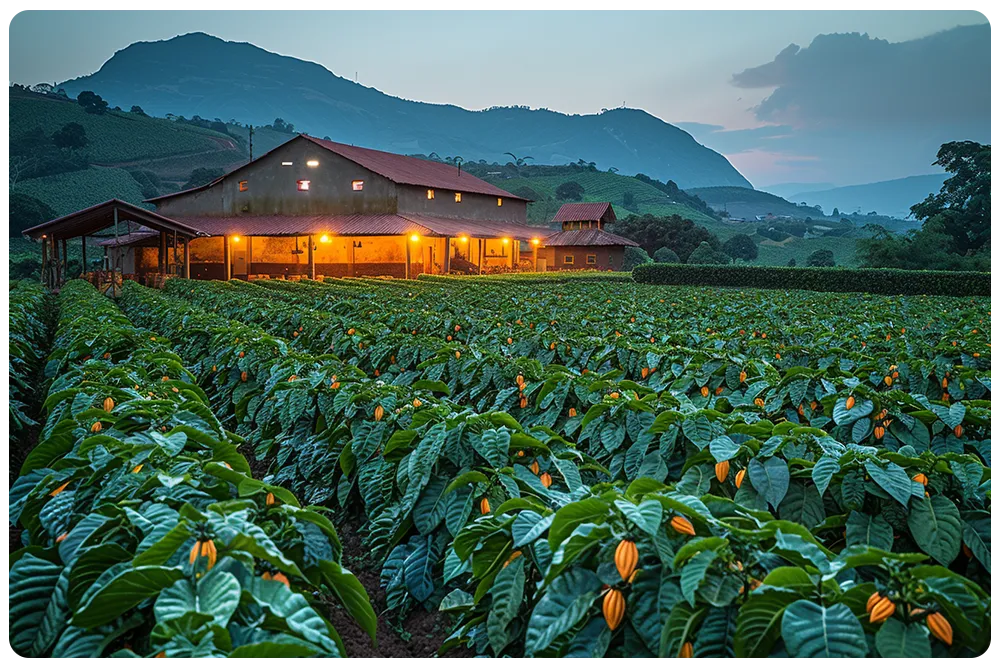

5. Reducing chemical exposure through drone farming
Reducing Chemical Exposure through Drone Farming
The application of drone farming technology has extended beyond optimizing crop production and enhancing farm management to ensuring sustainable practices such as reducing chemical exposure in agricultural practices.Agricultural drones have been integrated into modern farm management with a key focus on sustainability and the environmental impact of crop production. These advanced devices offer precise application of needed resources, resulting in significant reductions in the use of destructive agrochemicals.An important factor to consider with any crop management system is the impact of chemical usage. With a drone employed in farming practices, this challenge is effectively addressed.Steps to Reduce Chemical Exposure through Drone Farming
Let’s examine how drones help in minimizing the use of pesticides and fertilizers, thereby reducing chemical exposure.
- Efficient Monitoring: The drone takes aerial shots that provide crucial data for monitoring crop health and detecting early signs of plant diseases. This early detection minimizes the amount of chemicals required to manage these illnesses.
- Precision Application: Armed with accurate data from drone monitoring, farmers can apply targeted treatments to only affected areas, drastically reducing the overall use of pesticides.
- Spraying Accuracy: Drones equipped with advanced spray systems ensure precise application of agrochemicals. This reduces the risk of over-spraying or under-spraying, further decreasing the quantity of chemicals needed.
- Seed Planting: Drone technology also allows precise planting of seeds, reducing the need for broad-spectrum herbicides used in conventional tillage.
6. Drones mitigating the environmental impact of farming
Drones Mitigating the Environmental Impact of Farming
In our quest for agricultural efficiency, it’s evident that agricultural drone technology has a transformative role. These advanced tools markedly reduce the environmental impact and enhance sustainable farming practices, reflected in their ability to diminish chemical usage significantly.
Farming drones are at the forefront of agritech innovation, with scope for applications in a variety of field management strategies. In an era where eco-friendly practices are more critical than ever, the drone has emerged as a beneficial ally to the farmer to promote efficient, and yet, environmentally responsible agriculture.
Reducing Chemical Use with Drone Technology
The application of chemical substances, including pesticides and fertilizers, is a contentious aspect of farming. Excessive use contributes to numerous environmental problems. That’s where drone technology comes in, facilitating precise application and, in turn, drastically reducing harmful chemical usage.
The mechanism is simple yet ingenious. The drone, fitted with advanced sensors and cameras, captures high-resolution images of the crops at various stages. These images, coupled with sophisticated data analysis, pinpoint areas of poor crop health. The farmer, therefore, applies chemicals only when and where needed, thus minimizing the overall usage.
Additionally, the drone ensures optimal spread of the chemicals, which brings about a two-fold advantage:
- It guarantees that each plant receives an adequate amount of chemicals for growth.
- It minimizes the risk of over-application and consequent chemical drainage into the surrounding ecosystem.
Therefore, drone technology not only optimizes crop production but also contributes to a healthier environment. It’s no surprise then that farmers are rapidly adopting this effective and eco-friendly tool, making sustainable agriculture an attainable goal.
In summary, the benefits of integrating drones into farming operations are enormous. Sustainable farming is more than a mere concept, it’s an achievable reality with the advent of drone technology in agriculture.

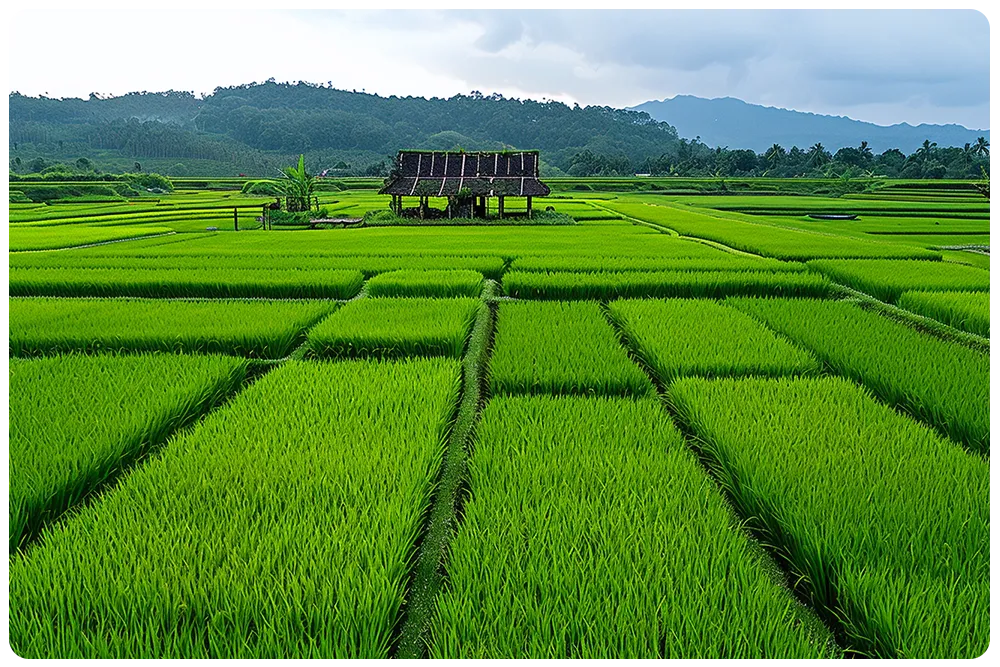
7. Improved sustainability with chemical reduction drones
Unveiling the transformative facet of farming – ‘Agricultural Drones,’ an advanced tool reshaping the sustainability and operational efficiency of agriculture. In this chapter, we unravel the remarkable capacities of these drones, especially in reducing chemical usage, thus significantly enhancing the environmental impact of farming practices.
Grasp the Revolution: Reducing Chemical Use via Drones
Farmers have long contested with the hazardous effect of chemical overuse, causing disastrous impacts on our environment. The agricultural drone emerges as our new-age solution to this quandary, enabling a calibrated and precision-based approach to chemical application. Let us delve deeper into this approach:1. Detailed Monitoring: Drones can scan every inch of your farmlands, providing real-time data on the requirements of the crops. This reduces chemical overuse as drones can pinpoint the exact areas needing treatment.
2. Precision Spraying: Equipped with advanced sensors and spray system, the drone can accurately administer the required amount of chemicals, curbing any excessive use. This targeted approach not only improves crop health but contributes to a significant reduction in chemical release into the environment.
Yield Optimization and Environmental Sustenance with Drones
Moving a step ahead, using drones can also help strike a balance between yield optimization and environmental sustenance. This is in fact, not a compromise, but a superior strategy that holds immense potential.3. Timely Intervention: Agricultural drone can detect early signs of plant disease, deficiency, or pest infestation, prompting a swift response. This minimizes crop damage, lowers chemical use, and promotes sustainable farming.4. Improved Water Usage: Drone not only manages the chemical input but also contributes to better water usage – a critical aspect of sustainable agriculture. Drone-based moisture sensors render a clear picture of the soil’s water requirement, thus avoiding wastage.
Drones are indeed paving the way for safer, healthier, and greener agriculture, minimizing the chemical footprint on our environment. This paradigm shift in farming, heralded by the agricultural drone, promises an eco-friendly, efficient, and maximum yield-producing future for our farmers.